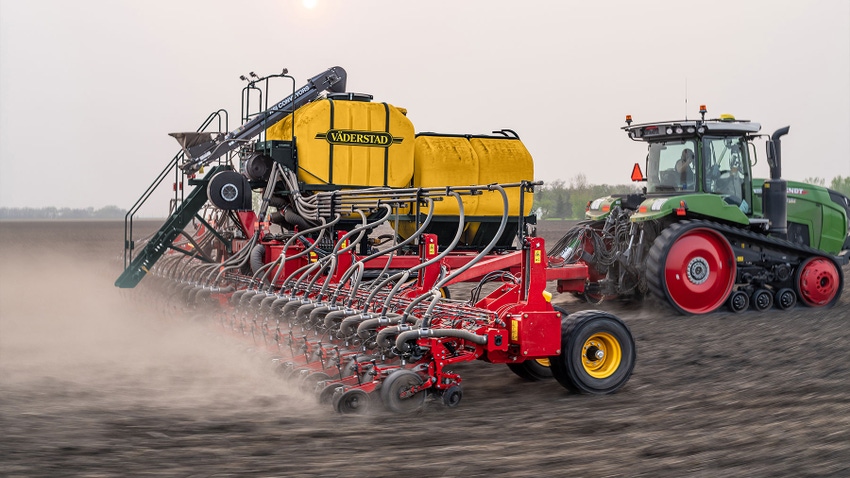
You’ve meticulously worked through each row unit on your planter. What more can you do to achieve even spacing and uniform stands?
Have you inspected electronics carefully? What about technology that monitors performance? These are two areas where experts suggest spending time before planting.
The panel providing tips includes Ryan Hogness, Vaderstad product specialist for planters; Brad Niensteadt, Kinze lead product specialist; and Josh Stoller, planting specialist with Precision Planting.
Here are strategies that could make your first day of planting smoother.
Hogness: Make sure monitors are ready to go. The Vaderstad planter system uses an Apple iPad. Make sure the touch screen is working properly. Also, verify that you can pick up Wi-Fi signals.
Niensteadt: Be sure GPS equipment works correctly. If you use a subscription service for GPS correction signals, is it paid up and current? You don’t want any surprises on that first day in the field.
Stoller: Electronics need to be right. Inspect connections and check your systems on both the tractor and planter before the first planting day.
Hogness: Test as many things as you can in advance. There are many things you can check in the barn lot. Make sure you are getting a strong Wi-Fi signal, and that guidance software appears to be working properly.
Niensteadt: Do spring cleaning on monitor and computer software before you go to the field to plant in ’24. Clean up outdated hybrid information and put in information on this year’s hybrids and varieties. Don’t waste time doing it once planting begins. Most companies issue software updates occasionally. Check for updates. If you don’t have the latest software updates, get them now so you are ready later.
Stoller: Precision Planting offers SmartFirmer seed firmers. You can install them on all rows or just a few rows spaced across the planter. If you have them, make sure eyes are clean and operating properly. Use them to help monitor planting conditions, including soil moisture and amount of residue in the seed trench. Check ahead of time to make sure the Seed Sense 20/20 monitor displays information from SmartFirmers correctly.
Hogness: Our planting system is designed using pressure to deliver each seed to the ground at whatever speed you choose. Higher planting speeds are ideal for our system. The goal is to deliver seed correctly into the seed trench at anywhere from 4 to 10 miles per hour. You decide which speed works best in your operation.
Niensteadt: True Speed allows you to plant accurately at your speed. Paired with True Depth downforce for uniform seed spacing and our Blue Vantage display, True Speed will allow you to plant accurately from 3 to 12 mph. It is durable, reliable and very low maintenance. When planting at increased speeds, be sure you have the proper equipment and field conditions.
Stoller: For those who want to drive more than 4.5 miles per hour, Precision Planting offers good options for high-speed planting, too. The goal of any system is to deliver seed to the bottom of the trench properly.
Read more about:
PlantersAbout the Author(s)
You May Also Like




